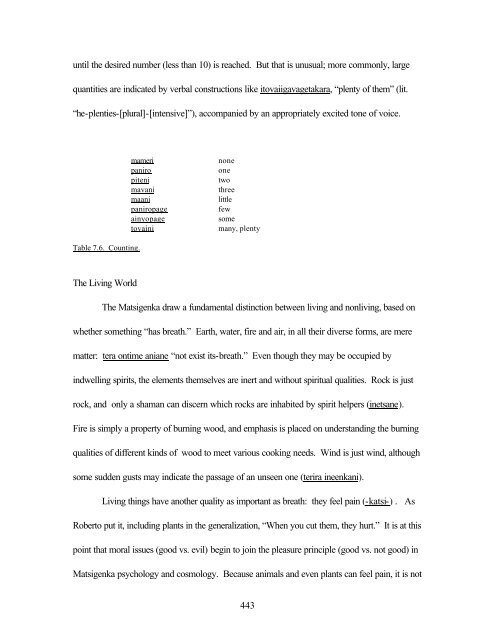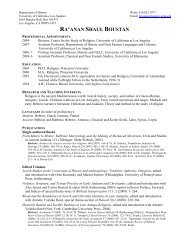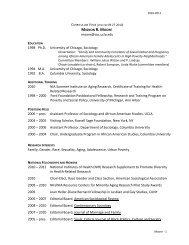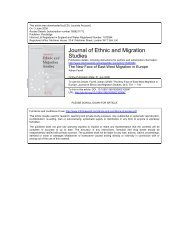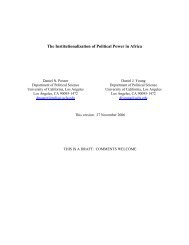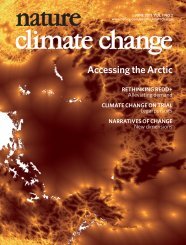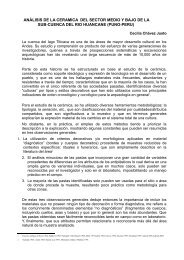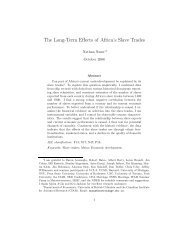433 Chapter Seven Cosmos For the Matsigenka of Shimaa, kameti ...
433 Chapter Seven Cosmos For the Matsigenka of Shimaa, kameti ...
433 Chapter Seven Cosmos For the Matsigenka of Shimaa, kameti ...
You also want an ePaper? Increase the reach of your titles
YUMPU automatically turns print PDFs into web optimized ePapers that Google loves.
until <strong>the</strong> desired number (less than 10) is reached. But that is unusual; more commonly, large<br />
quantities are indicated by verbal constructions like itovaiigavagetakara, “plenty <strong>of</strong> <strong>the</strong>m” (lit.<br />
“he-plenties-[plural]-[intensive]”), accompanied by an appropriately excited tone <strong>of</strong> voice.<br />
mameri<br />
paniro<br />
piteni<br />
mavani<br />
maani<br />
paniropage<br />
ainyopage<br />
tovaini<br />
none<br />
one<br />
two<br />
three<br />
little<br />
few<br />
some<br />
many, plenty<br />
Table 7.6. Counting.<br />
The Living World<br />
The <strong>Matsigenka</strong> draw a fundamental distinction between living and nonliving, based on<br />
whe<strong>the</strong>r something “has breath.” Earth, water, fire and air, in all <strong>the</strong>ir diverse forms, are mere<br />
matter: tera ontime aniane “not exist its-breath.” Even though <strong>the</strong>y may be occupied by<br />
indwelling spirits, <strong>the</strong> elements <strong>the</strong>mselves are inert and without spiritual qualities. Rock is just<br />
rock, and only a shaman can discern which rocks are inhabited by spirit helpers (inetsane).<br />
Fire is simply a property <strong>of</strong> burning wood, and emphasis is placed on understanding <strong>the</strong> burning<br />
qualities <strong>of</strong> different kinds <strong>of</strong> wood to meet various cooking needs. Wind is just wind, although<br />
some sudden gusts may indicate <strong>the</strong> passage <strong>of</strong> an unseen one (terira ineenkani).<br />
Living things have ano<strong>the</strong>r quality as important as breath: <strong>the</strong>y feel pain (-katsi-) . As<br />
Roberto put it, including plants in <strong>the</strong> generalization, “When you cut <strong>the</strong>m, <strong>the</strong>y hurt.” It is at this<br />
point that moral issues (good vs. evil) begin to join <strong>the</strong> pleasure principle (good vs. not good) in<br />
<strong>Matsigenka</strong> psychology and cosmology. Because animals and even plants can feel pain, it is not<br />
443


